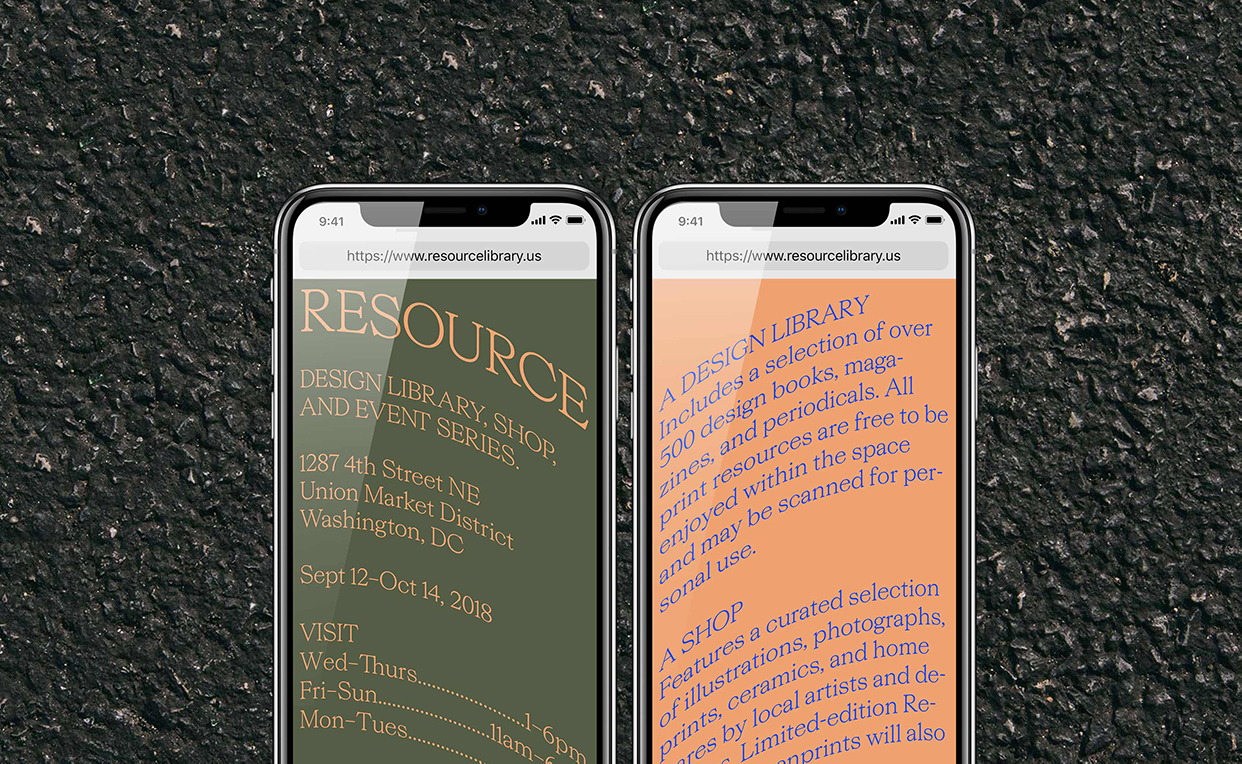How Composite Co. gets things done
Composite Co. is a multidisciplinary creative studio founded by Jacob Weinzettel and Christian Dutilh in Washington DC.
Composite Co. was founded in 2014 and has been making waves ever since. Their risk-taking design aesthetic pays dividends. Together they create beautiful and functional visual identities for businesses in DC and beyond.
We chatted with Jacob Weinzettel about inspiration, Composite Co.’s process, and how they use Dropmark to get things done.
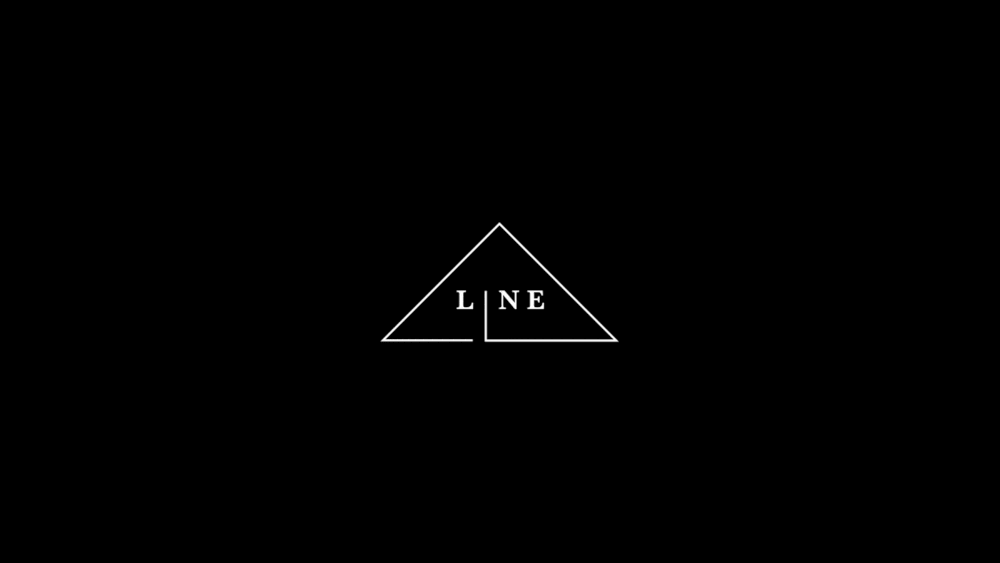
Can you tell me a little bit about Composite Co. and how you got started?
Composite Co. is the creative studio of me, Jacob Weinzettel and my partner Christian Dutilh. We met in 2014, started seeing each other shortly after that, and starting working on a big project together about a year later. It was a pretty natural progression.
Composite began out of the desire to combine our skills, talents, and natural aesthetic proclivities. It’s also loosely based around the concept of “jugaad” the Hindi word which means to make something by piecing together what you have, to hack your current resources, which was our mantra when we were starting the studio.
We started out of our homes, and favorite coffee shops (shout out to Colony Club in DC) then graduated to desks at a WeWork, and finally got our own studio this time last year.
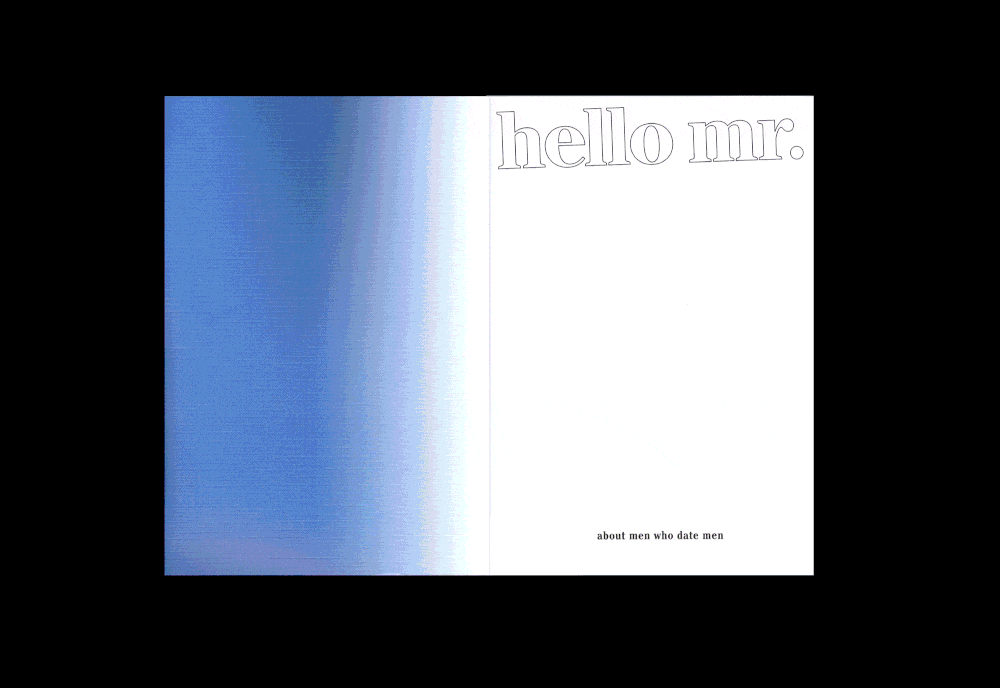
How does design fit into Composite Co.’s culture?
Literally everything produced in the world is designed in one way or another (whether good or bad), so we think about it on that micro of a scale in addition to the macro view.
Design is at the core of every decision we make—from the tools we use and the things we create, the environment we build around us, to the philosophical worldview we go out into the world with.
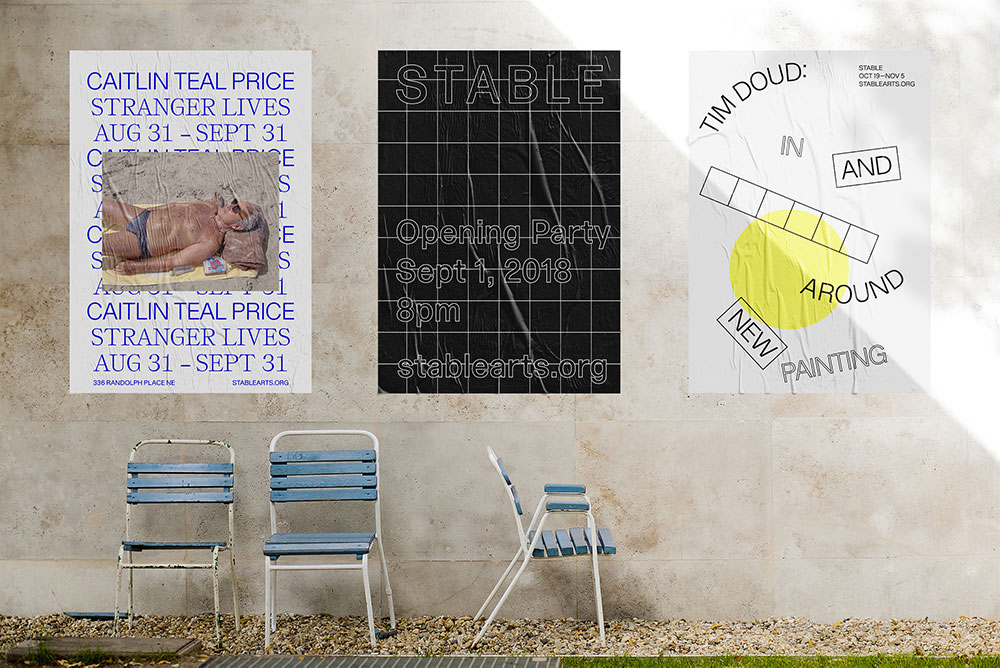
How does being based in DC impact your work?
Being a designer in DC means continuously fighting back against the commonly-held belief that only government bureaucrats and politicians live here, which is a misconception. So our work is driven in large part by the desire to be seen and acknowledged by a city of people that aren’t very design savvy, which is often an uphill battle.
Pushing the limits of what people are comfortable with from a design perspective has become our own political act of rebellion, which is very DC of us when you think about it. There’s always that underlying sense that we have our studio here to shake things up.
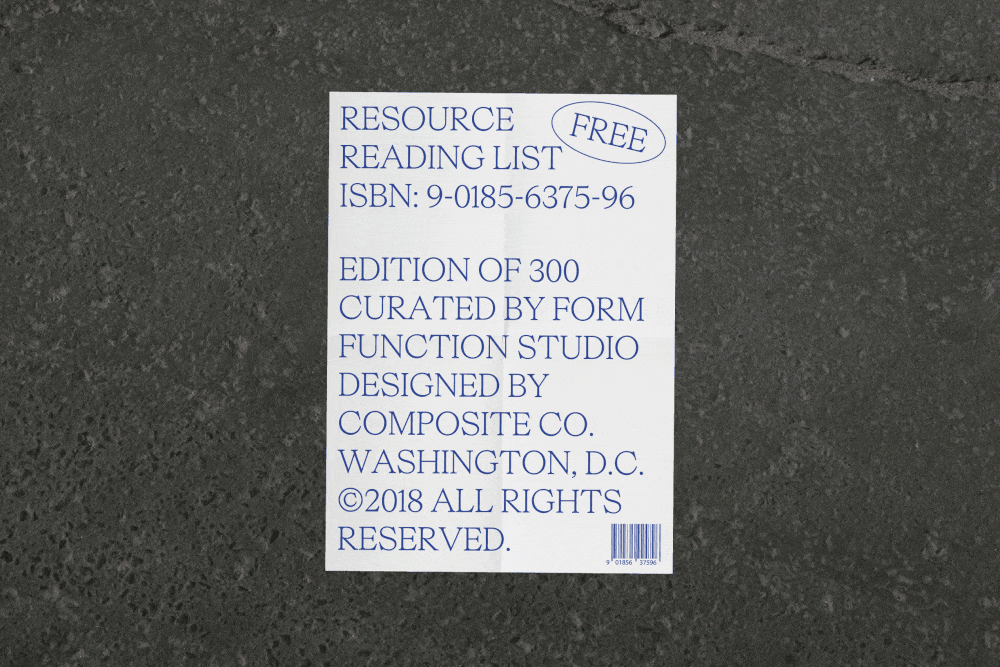
What inspires your team?
Our team is inspired by surprise. Things and images that surprise are the most interesting to us. We’re not necessarily interested in making something conventionally pretty. Anything that challenges our current ideas about aesthetics and the state of the world is inspiring to us.
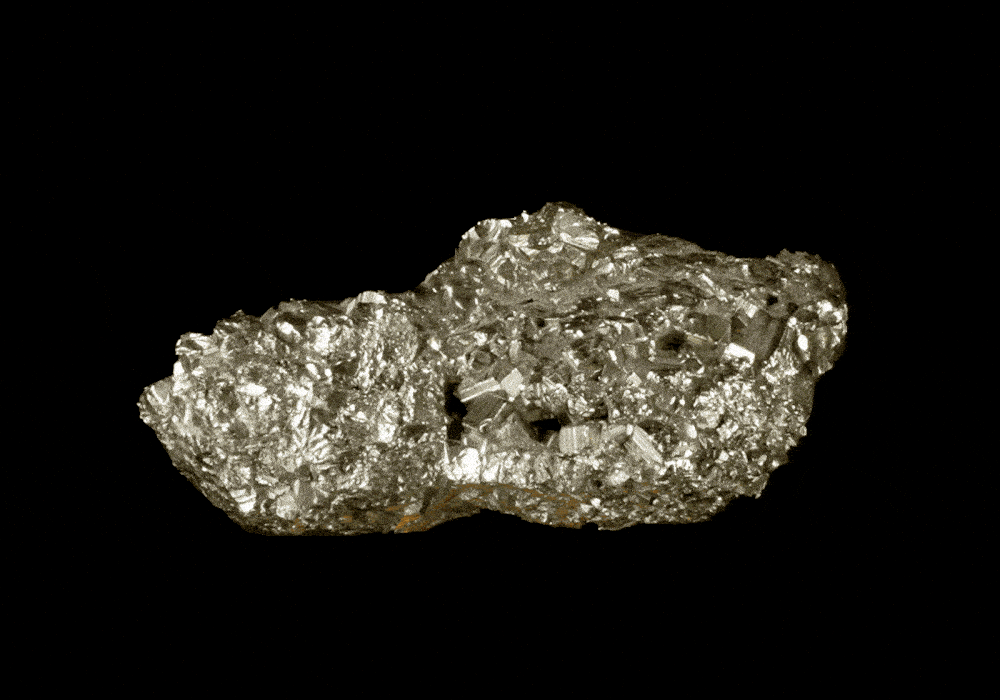
What does your creative process look like?
Our creative process is constantly in flux, and we’re always pivoting and trying new things. Evolution is definitely another of our core values.
Generally, it starts with a massive amount of input and research—reading, writing, critical discussion, and collecting images from the far dark corners of the internet. Image output is inevitably linked to the inputs, which we don’t think is a bad thing as long as the inputs are good.
We do our best not to look at things that most people are looking at, and there’s also a critical multidisciplinary approach here as well—visual art, industrial design, interiors, architecture, photography, typography, and traditional graphic design images can all be relevant.
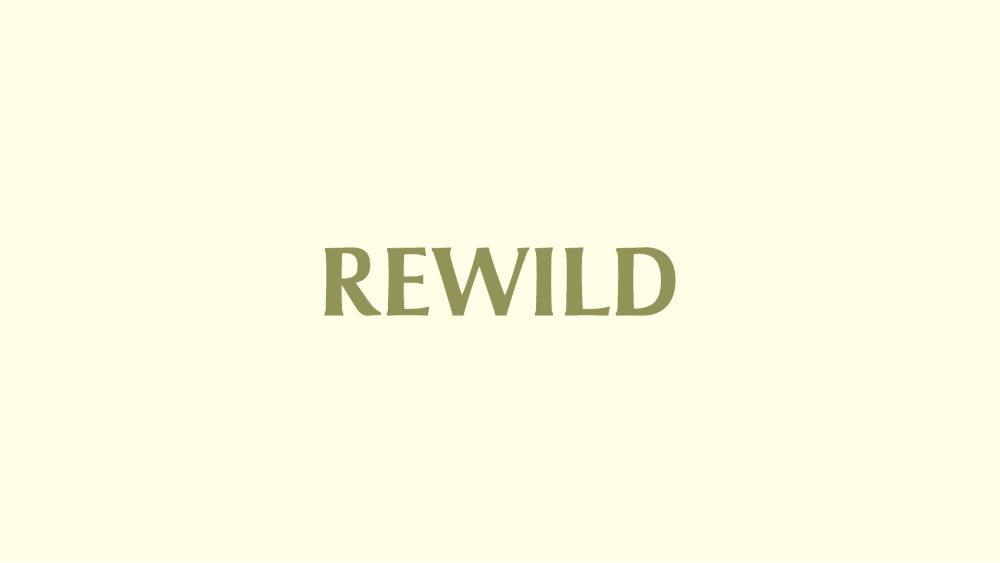
How does Dropmark fit into your workflow?
Dropmark helps us collect all these inputs from an unfathomable amount of sources. Whether it’s something a previous intern Airdropped to us one time three years ago or something from a more traditional visual inspiration source like Instagram or Pinterest. It’s great to have a tool that consolidates and organizes all of our visual image research.
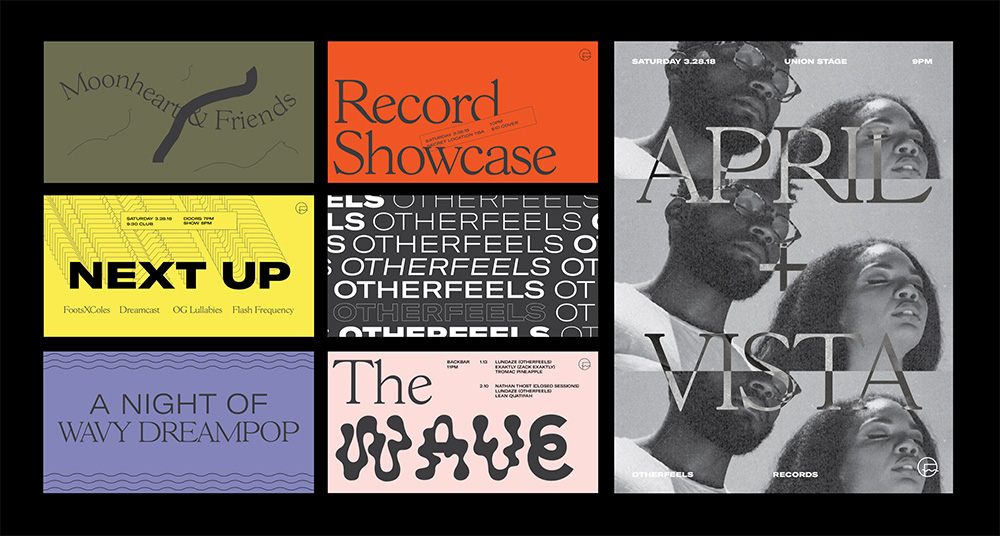
What’s the most interesting thing you Dropmarked lately?
Probably this font that includes no actual typographic characters but instead is comprised entirely of plant and leaf glyphs.
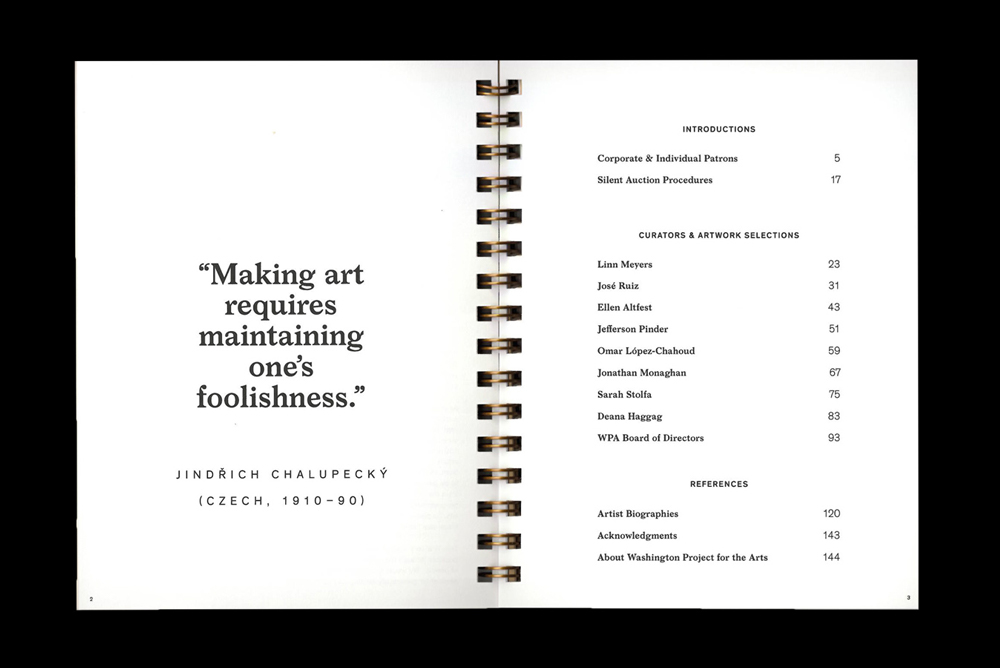
See more of Composite Co.’s work at wearecomposite.co and follow them on Twitter and Instagram.
